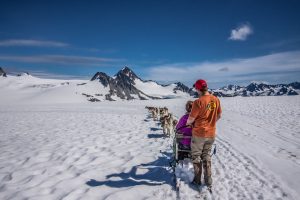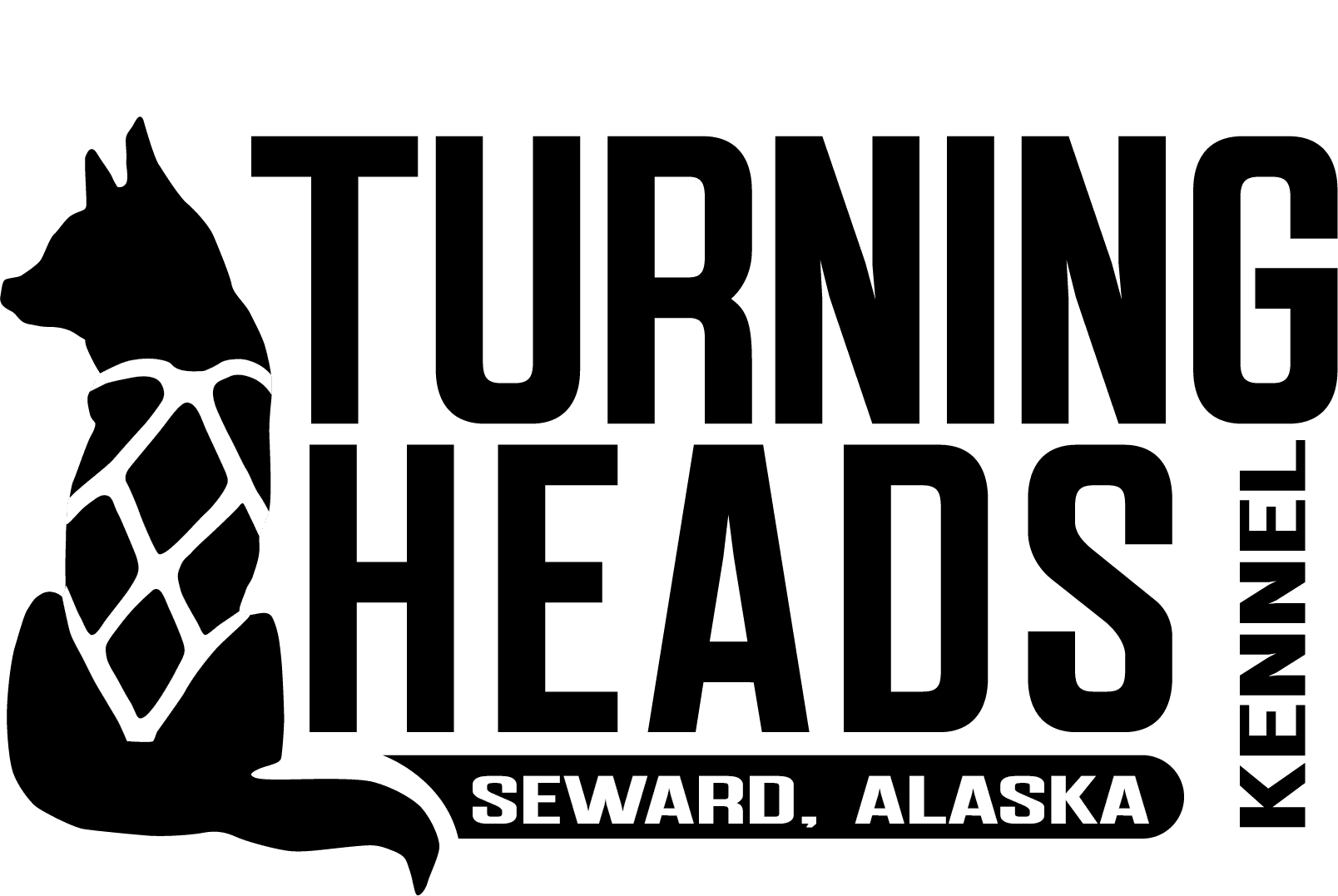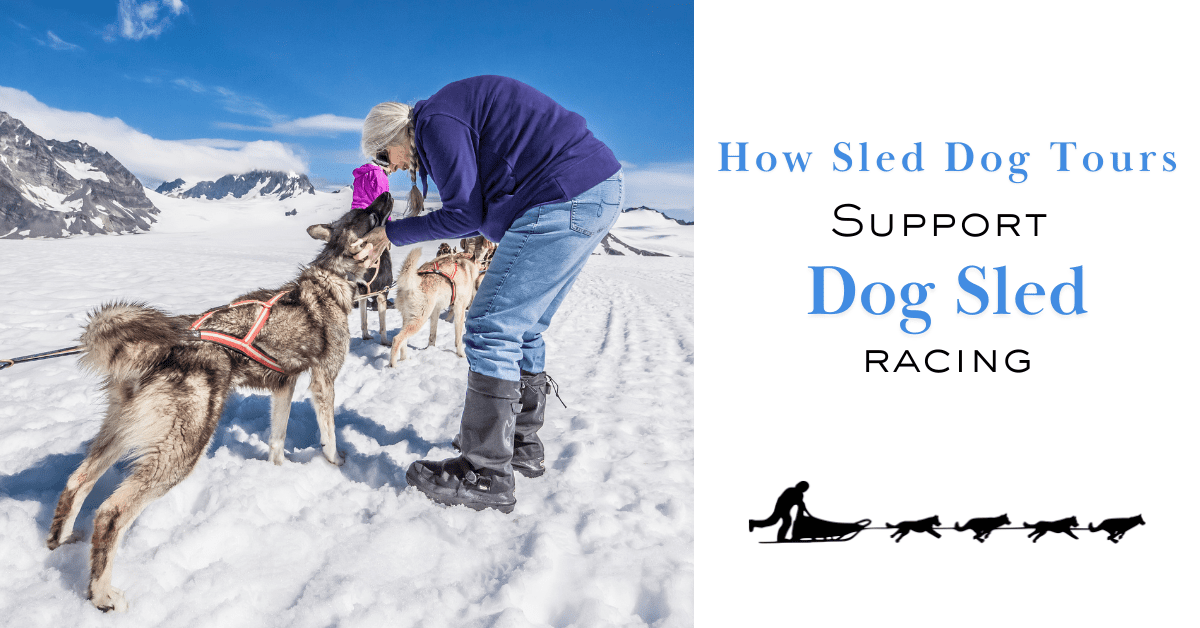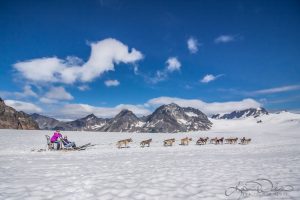Sled dog tours play a pivotal role in the dog sled racing ecosystem. While not all tour operators are directly involved in racing, many competitive kennels integrate tourism into their operations. This might involve offering tours during the off-season, working as guides at summer tour locations, or sending dogs to “summer camps” where they’re cared for and active in tours.
Tourism is essential to the sport, providing not only a financial foundation but also public education, fan engagement, and training opportunities for both mushers and dogs. Let’s explore the many ways sled dog tours contribute to dog sled racing.
Educating the Public About Dog Sledding
One of the greatest benefits of sled dog tours is their educational impact. Tours often include insights into the care, training, and welfare of sled dogs, as well as the cultural and historical significance of dog sledding. This helps dispel common myths, like the misconception that sled dogs are forced to run. Visitors quickly learn that sled dogs love running, and the real challenge is often teaching them to stop!
Tours also highlight the specialized care sled dogs receive. These athletes are treated to massages, acupuncture, laser therapy, chiropractic care, and diets tailored to their high-energy needs. By experiencing this firsthand, participants gain a deeper understanding of the ethical practices behind the sport.
Building Awareness and Appreciation for Dog Sled Racing
Sled dog tours serve as an introduction to the world of dog sled racing. Many visitors, who may have little prior knowledge, leave with a newfound interest in competitive events like the Iditarod or the Kuskokwim 300.
Summer tour guides, who are often mushers themselves, share personal experiences and aspirations, helping connect visitors to the racing community. This interaction fosters a deeper appreciation for the dedication, history, and challenges of the sport.
Growing a Fan Base Through Sled Dog Tours
For racing kennels, sled dog tours are a valuable way to build a loyal fan base. Visitors who tour active racing kennels often follow and cheer for those kennels in future races. They might also explore other races, participate in events, or support the sport through volunteering or donations.
At our own tours, we’ve seen guests who become enthusiastic followers online, tracking our progress in races and sharing their experiences with others. This expanding fan base is crucial for sustaining the sport, increasing its visibility, and inspiring broader participation.
Economic Benefits of Sled Dog Tours
Unlike many professional sports, dog sled racing doesn’t provide enough prize money to fully fund a kennel. Race earnings can offset some expenses, but most mushers rely on alternative income sources, like sled dog tours, to sustain their teams.
Mushers may offer tours themselves, work as guides for other operations, or send their dogs to participate in off-season activities. These efforts help cover the significant costs of feeding, housing, and caring for a kennel of sled dogs, ensuring they remain competitive at the highest levels.
Sled Dog Tours Inspire and Train the Next Generation of Mushers
Sled dog tours play a key role in developing future mushers. Many of today’s racers got their start as tour guides, learning to handle teams, care for dogs, and manage operations before transitioning to competitive racing. This hands-on experience is invaluable for building the skills and confidence needed to succeed.
For novice mushers, tours also provide mentorship opportunities. They gain insights into dog care, team dynamics, and the day-to-day realities of running a sled dog kennel, setting them on the path to becoming seasoned competitors.
How Sled Dog Tours Help Teach New Mushers
For novice mushers, dog sled tours offer a great way to learn the sport. Many seasoned racers began as tour guides, where they developed their knowledge and skills before moving into racing. Working in tourism gives new mushers hands-on experience with sled dogs and helps build confidence in running teams.

For these aspiring mushers, tourism also provides an opportunity to learn the ins and outs of dog care, team management, and the intricacies of running a sled dog operation.
Training Young Sled Dogs for Dog Sled Racing Through Tours
Sled dog tours also benefit young dogs in racing kennels. Many kennels use tours as a way to keep their younger dogs active and help them develop the skills needed for racing. Younger dogs, who may not yet be mature enough to race, often participate in tours alongside older dogs who are too seasoned to compete but still need exercise.
The younger dogs benefit from the shorter runs typical of tours, gaining experience and learning the ropes of team dynamics. Meanwhile, the older dogs stay fit and active, providing a great learning opportunity for the younger generation.
Why Sled Dog Tours Are Vital to the Future of Dog Sled Racing
Sled dog tours are more than just an exciting adventure for visitors—they are a cornerstone of the dog sled racing community. By educating the public, inspiring future mushers, building a loyal fan base, and providing critical financial and training support, these tours ensure the sport remains vibrant and sustainable for generations to come.
Whether you’re experiencing the thrill of a sled dog tour for the first time or cheering on your favorite team in a race, you’re contributing to the rich legacy of dog sledding.
Current Racing Kennels That Offer Sled Dog Tours
For a firsthand look at the world of dog sledding, many racing kennels offer tours that combine adventure with education. These experiences allow visitors to connect with sled dogs, learn from mushers, and gain insight into the sport. Here are a few notable examples:
Turning Heads Kennel (Seward, Alaska)
This family-operated kennel offers intimate, small-group tours that focus on providing a personalized dog sledding experience. Guests can interact with the dogs, learn about their care, and enjoy scenic rides through Alaska’s beautiful landscapes. Support Iditarod mushers Travis Beals, Sarah Stokey and their team of canine athletes. Travis has run the Iditarod 10 times and competes annually in it. He often competes in other local mid-distance races like the Kuskokwim 300 and the Knik 200. Travis and Sarah often support other mushers looking to run Iditarod who do not have their own dogs and take on a number of apprentices each season.
Alaska Husky Adventures (Talkeetna, Alaska)
Experience the thrill of mushing with this kennel’s hands-on tours, which include meeting Iditarod athletes and learning about their training. Guests can even drive a sled team under expert guidance. Support Iditarod and Kuskokwim 300 musher Matthew Failor.
Black Spruce Dog Sledding (Fairbanks, Alaska)
Black Spruce Dog Sledding provides year-round experiences, including sled rides in winter and educational tours in summer. This tour is run by Jeff and Kattijo Deeter, both experienced Iditarod racers. Usually either Jeff or Kattijo races. They often compete in the Copper Basin 300 as well.
Susitna Sled Dog Adventures (Wasilla, Alaska)
Offering both winter sled rides and summer husky walks, this kennel allows visitors to experience the thrill of dog sledding while learning about the training and care of sled dogs. This tour is owned and operated by Rohn and Alyssa Buser. Rohn has run the Iditarod several times and is currently competing in the mid-distance race circuit.
Dream a Dream Dog Farm (Willow, Alaska)
Owned by musher Vern Halter, this kennel combines education and adventure. Visitors can learn about training methods, hear racing tales, and even attend mushing workshops. Although Vern is no longer racing, he often supports young mushers who are hoping to compete who do not want to own their own dogs.
Dallas Seavey Racing (Talkeetna, Alaska)
Home to six-time Iditarod champion Dallas Seavey, this kennel provides an inside look at what it takes to train elite racing teams. Tours feature demonstrations, stories from Seavey’s career, and plenty of opportunities to meet the dogs. Although Dallas does not race ever year, he often has other mushers taking his dogs to events.
Husky Homestead (Denali Park, Alaska)
Operated by four-time Iditarod champion Jeff King, this kennel offers an immersive experience. Visitors can cuddle puppies, hear mushing stories, and explore the history of dog sledding. Jeff still races in the mid-distance circuit and also supports other young mushers looking to apprentice.
Visiting a racing kennel is more than just a fun activity—it’s a way to support the sport and connect with the heart of dog sledding. By meeting the mushers and dogs who make it all happen, you’ll leave with unforgettable memories and a deeper appreciation for this incredible tradition.



